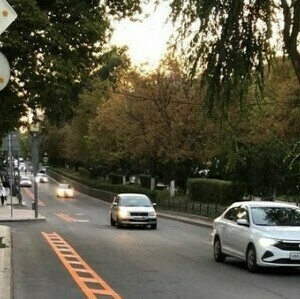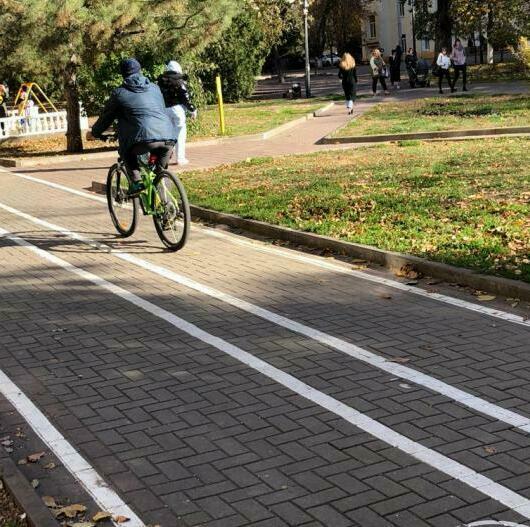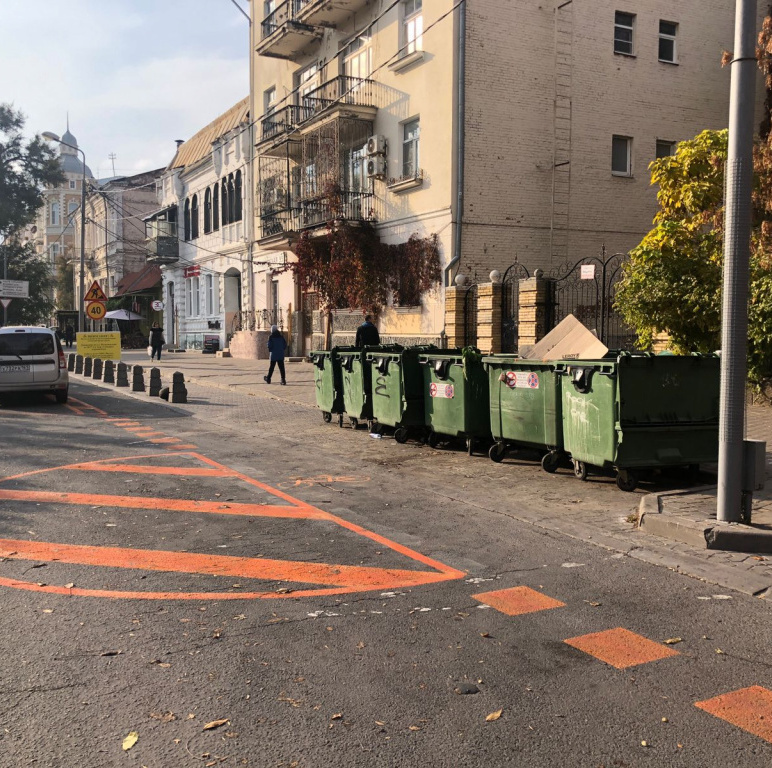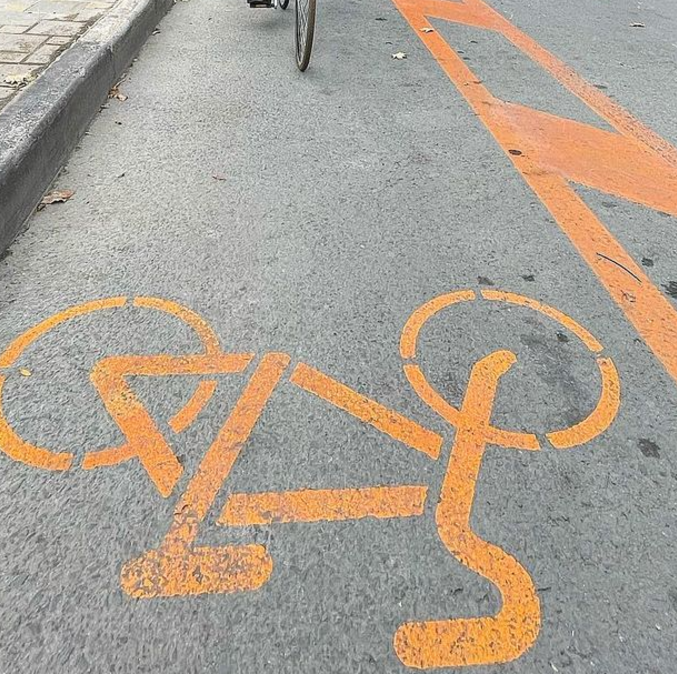I BIKE RND.
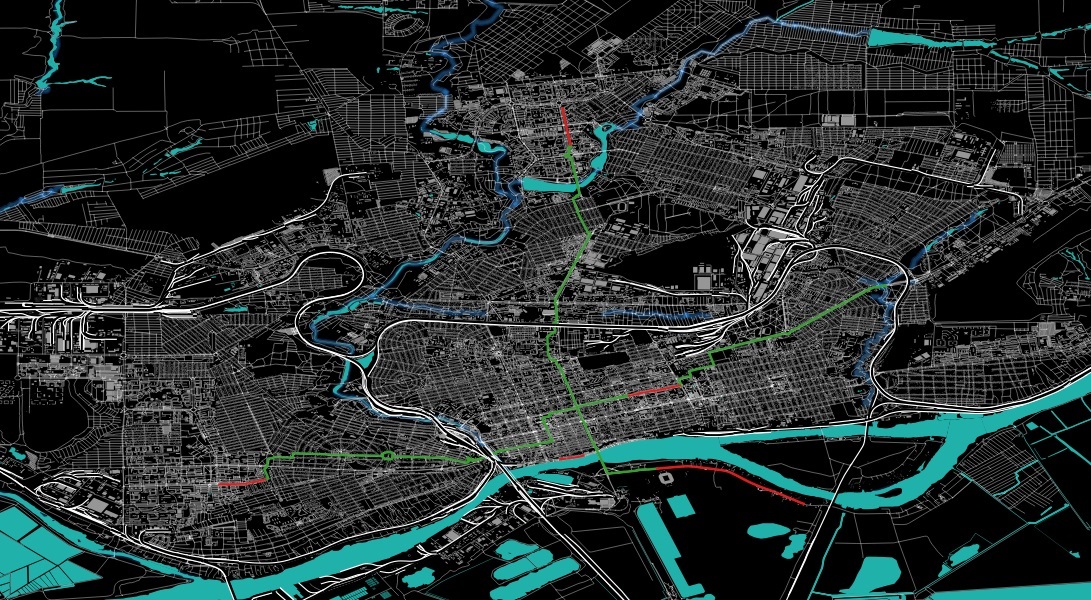
1 step (2014)
During August and September, residents of the city sent recorded GPS tracks to the project email of those routes that they already ride bicycles in the city.
2 step (2014)
In early October, an analysis of the collected data was carried out and a preliminary map of the cycling routes of Rostov-on-Don was compiled.
In July 2014 the request first came to our team from the city hall. Deputy Mayor, Transport and Deputy Chair, Transport for Rostov request our team to do research for bike infrastructure in the city of Rostov to prepare the city as one of the host cities for the world cup in 2018. August 1, 2014, the project I bike RnD was launched at the initiative of Urban Factory with city hall support. Also, the project was supported by the entrepreneurs from bicycle rental companies “Rent in Rostov” and “City Bike”. The city of Rostov-on-Don is becoming more bicycle use. Residents focused request from their side in this way – in order to more conveniently and enjoy using the city on a bicycle (going for walks, going to a job, and to schools on bicycles), we need a network of city routes. The overall objective of the entire project is the promotion of cycling as a means of transport and the activation of bicycle use in Rostov-on-Don.
3 step (2014)
On October 5, the presentation of the project was held as part of the second annual Urban Festival Rostov. The working meeting was held with representatives of the Department of Roads and Traffic Management, public representatives, and project organizers. This important stage made it possible to coordinate the wishes of cyclists and the possibilities of the city hall.
After the festival, a working group was formed, before which there was an ambitious goal – to make the project a reality! For 2 months, the team did all the main work: developed the concept of the project, went to the “fields”, created a website, and organized a number of events.
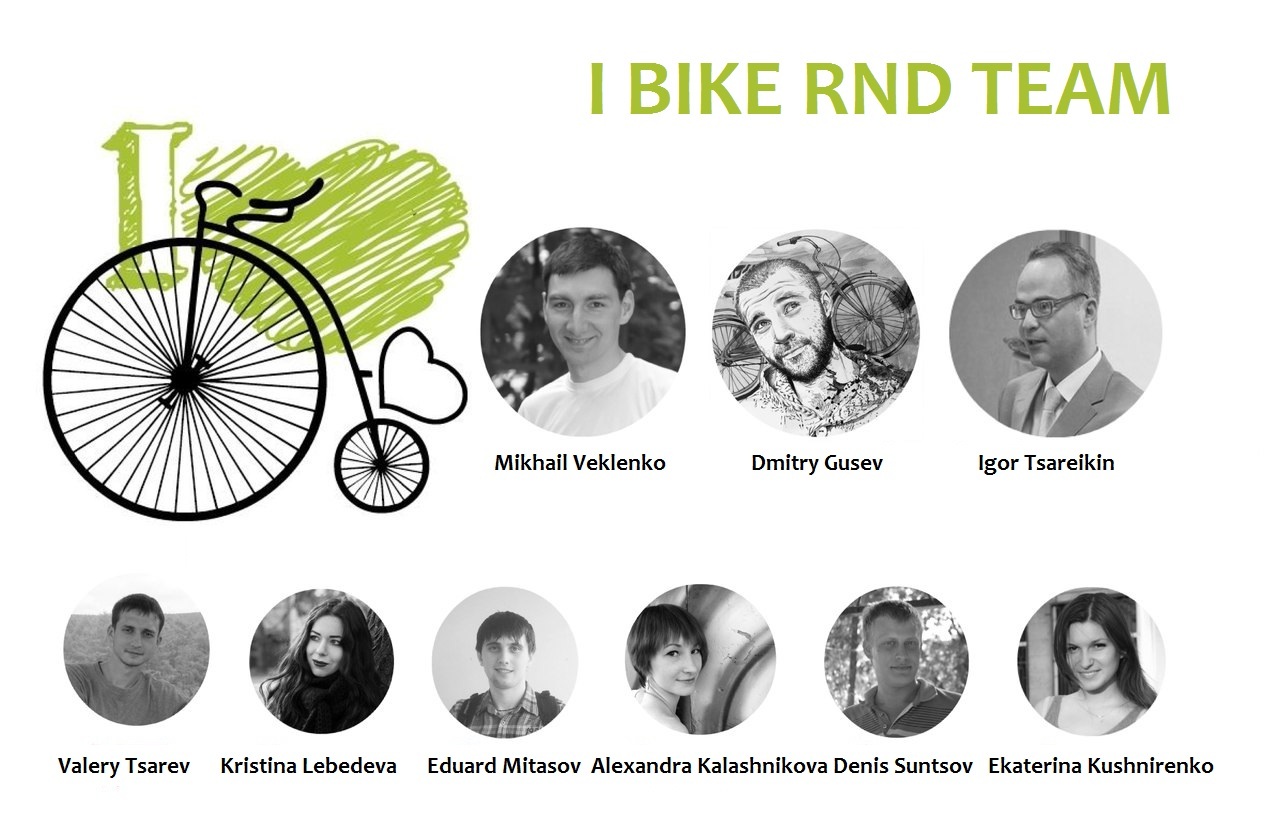
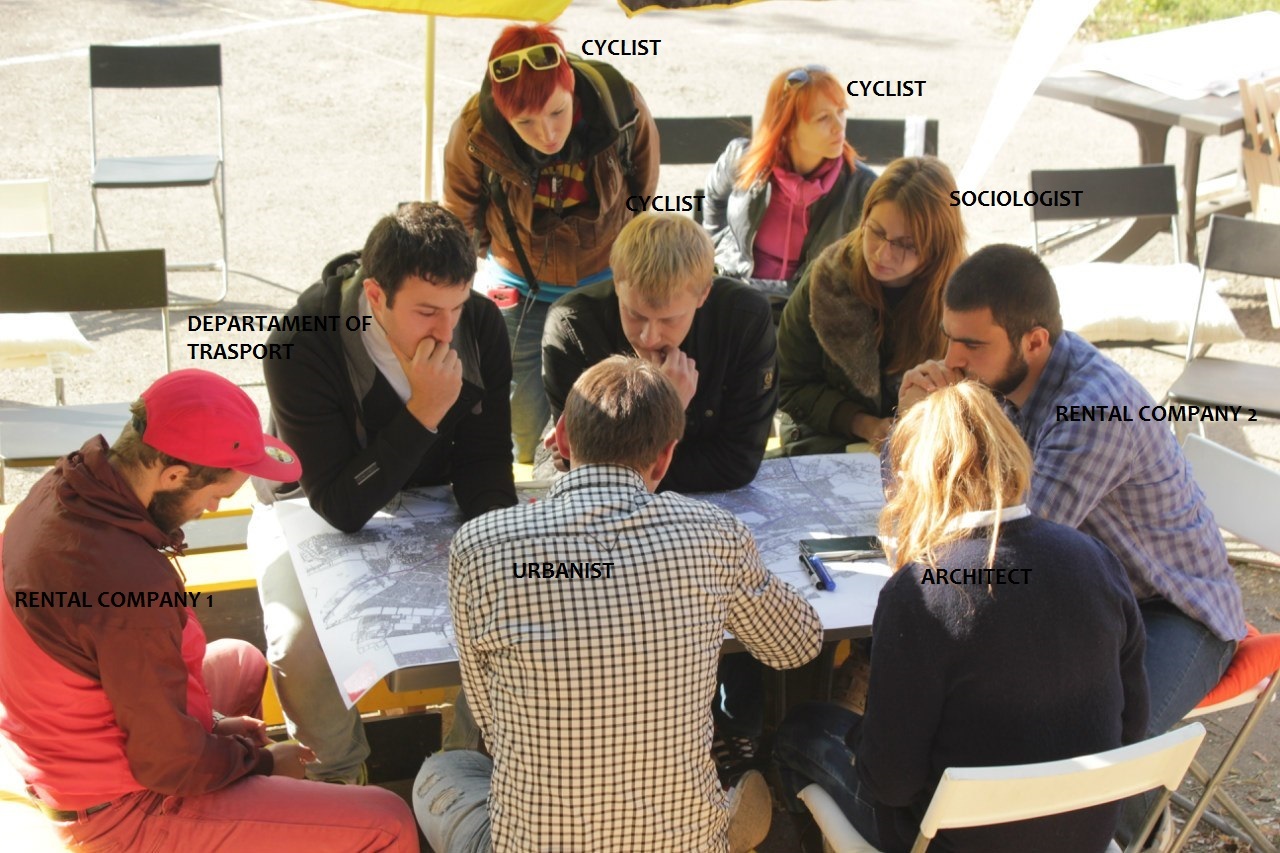
4 step (January 2015)
Based on the research have done from the very beginning of the project and all subsequent developments, consultations, and discussions, according to the results of this research, it was decided that the primary task is to connect existing bike lanes with the city center. The bike lines will bring safety, comfort, and the ability to plan your trip, both in route and time.
5 step (September 2015)
The results of the study and the development strategy of the bicycle cities were presented at the annual third Festival of Urban Environment in September 2015.
6 step
In 2016, the Department of Transport held a competition for the design of bicycle lanes based on this concept.
7 step
In December 2017, the Bicycle Master Plan (BMP) 2021 to 2024 Implementation Plan was delivered to City Council.
8 Step
In 2021 the lines were implemented on the roads and boulevards of the city.
The plan’s bold vision is supported by five goals that articulate the plan’s future achievements. The goals set the basis for the plan’s performance measures and frame the prioritization criteria that help define which projects should be built first:
Ridership – Increase amount and mode share of bicycle riding in Seattle for all trip purposes. Safety – Improve safety for bicycle riders in Rostov-on-Don.
Connectivity – Create a high-quality bicycle network that connects to places people want to go and provides a time-competitive travel option.
Equity – Improve bicycle riding for all through equity in public engagement, program delivery, and capital investments.
Livability – Build vibrant communities by creating a welcoming environment for bicycle riding.
Copyright © I privacy policy
